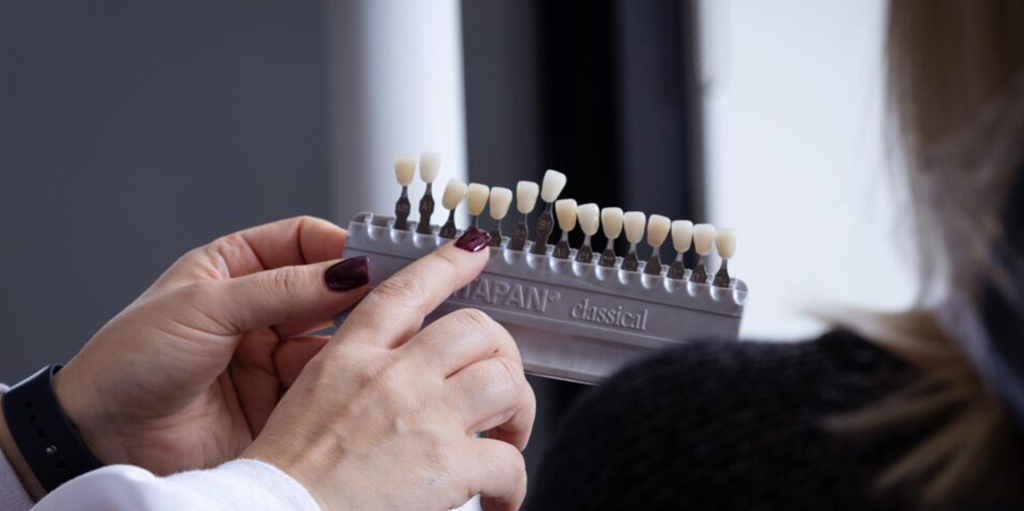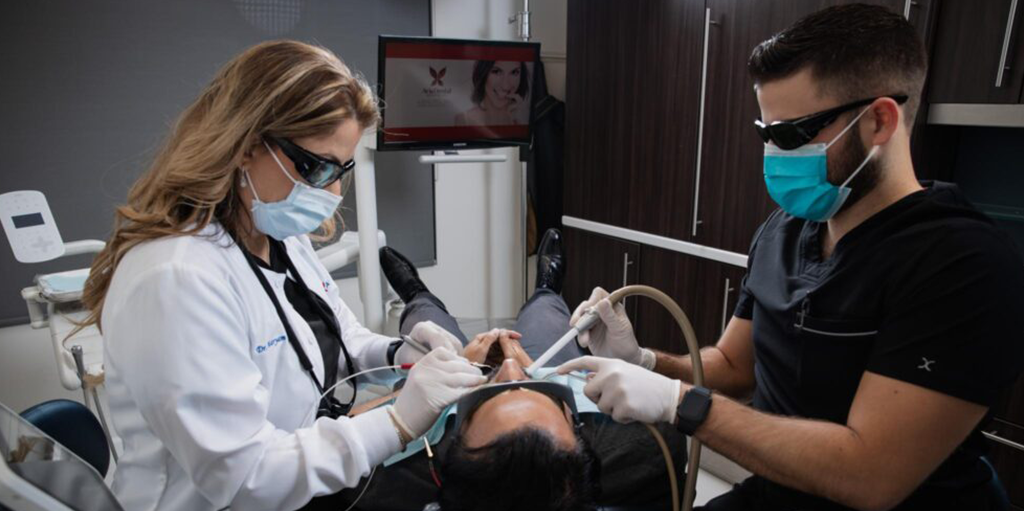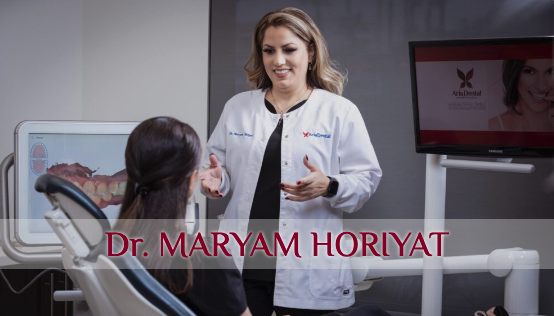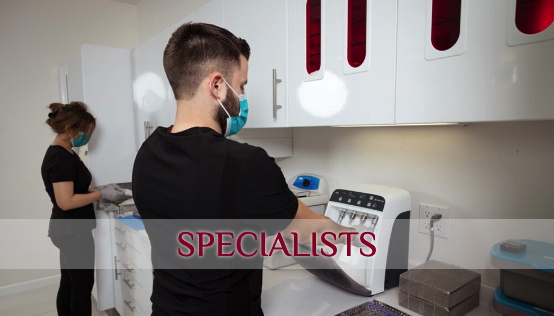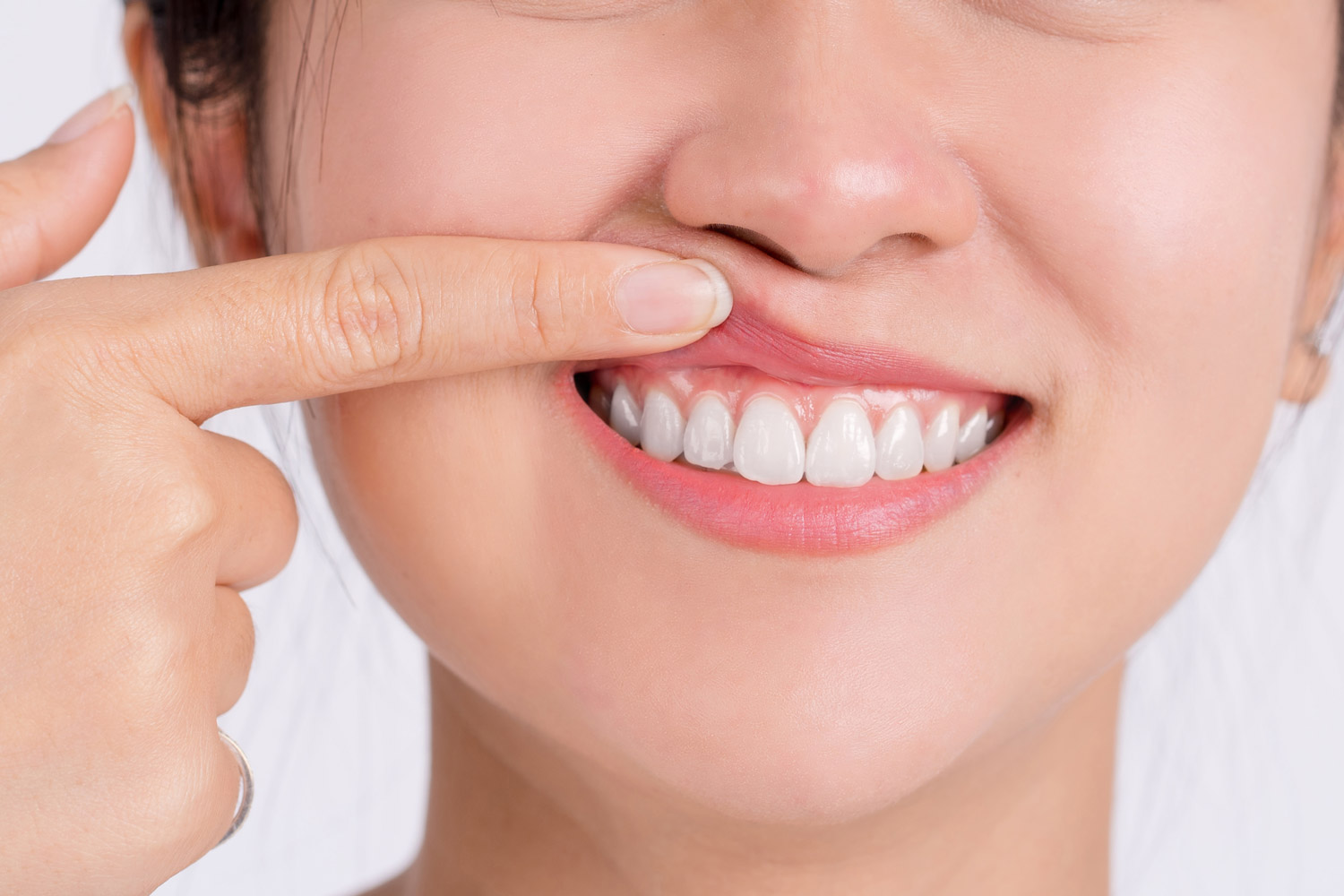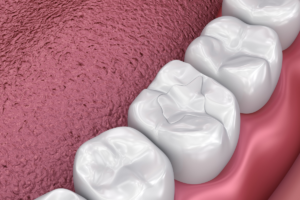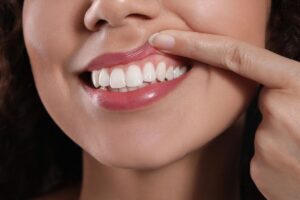Your oral health is involved with your gums as well as your teeth. Receding gums can be the reason for many teeth conditions, exposing the dentine inside your teeth.
There are approaches to stopping gum recession, though it is always better to prevent the condition.
What Causes Gum Recession?
Understanding what causes gum recession is the first step in learning how to treat and prevent receding gums.
A receding gum may start with symptoms such as redness, bleeding, or swelling, all of which happening for several reasons:
- Improper oral hygiene
If you do not brush regularly, a build-up of plaque will occur, which can damage your gums and lead to gum diseases such as gingivitis and periodontitis.
Overbrushing, insufficient dental care, and using bad toothbrushes can also cause gum recession.
- Tobacco
Smoking can cause receding gums and also make it hard to beat gum infections by weakening your immune system.
- Health issues
Pregnancy, hormonal changes, diabetes, and other health conditions will increase your risk of developing receding gums. The right oral-care practice can prevent gum recession and maintain your smile. Regular check-ups can also nip the early signs of receding gums in the bud.
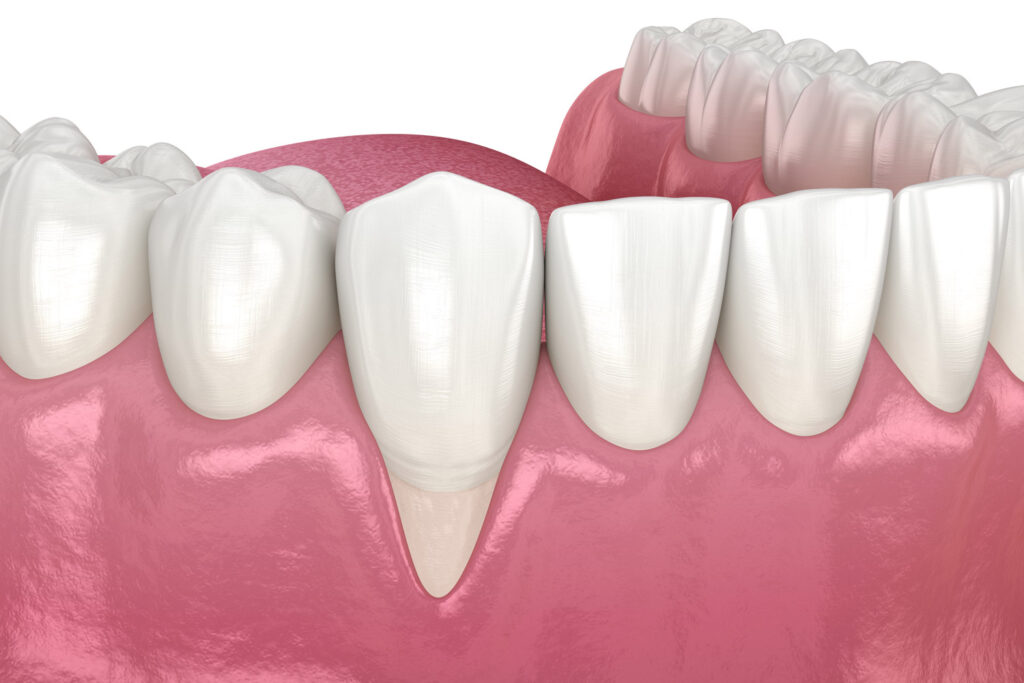
What Is Gum Recession Treatment?
Several procedures can help you treat your receding gums:
Flap Gum Surgery
Removing the tartar thoroughly can become challenging when a deep plaque develops. This is where your dentist may recommend lifting your gum flap away from the target tooth with the help of a surgical procedure known as Flap. The diseased tissue and bone will be withdrawn and the dentist smooths the rough surfaces of the tooth through root planing. Once the gum flap is replaced, the treated area will be stitched to help with the healing process of the gum. The result will be a reduction in the depth of pockets, which can help with cleaning the tooth easily.
To gain access to the roots, the outer gum tissue should be tucked back and there will be incisions separating the gums from the teeth. The process involves local anesthesia to help you have a more comfortable experience. You will need 10 days to recover.
Regeneration
The supporting bone of your teeth may be destroyed due to gum recession . When this occurs, you will need a treatment to regenerate the lost bone and tissue. Regeneration of your bone involves folding back the tissues, removing bacteria, and applying a regenerative material to stimulate natural regeneration.
Soft Tissue Graft
Gum tissue grafting is a procedure to combat gum recession. You can employ three different classifications of gum tissue grafts concerning your condition and specific needs.
- Connective-tissue grafting is the most common technique when it comes to root exposure.
The dentist will cut a flap of your skin at the palate and remove the subepithelial connective tissue. Then, the flap will be stitched back.
- Like Connective-tissue grafts, free gingival grafts apply tissue from the roof of your mouth, though there is no making a flap. In this process, the dentist removes a small amount of tissue directly from the roof of the mouth for treatment.
- Pedicle grafts are performed to beat the condition by taking tissue from the gum around or near the target tooth. This approach can only be accomplished if you have lots of gum tissue near the target tooth.
Although there are several techniques to beat gum diseases, you are still highly recommended to prevent this oral condition by following a healthy oral care routine and having regular check-ups.
Whether you would like to review your oral health or treat any oral diseases, you can enjoy a satisfactory experience at Aria Dental, where you can find modern facilities and diverse services.
If you are in California, you can easily find us in Orange County. If not, look no further. We are with you on the phone for a free consultation.






